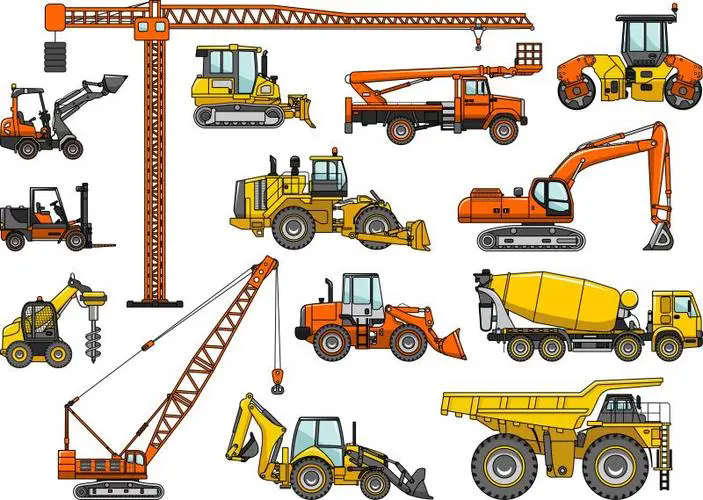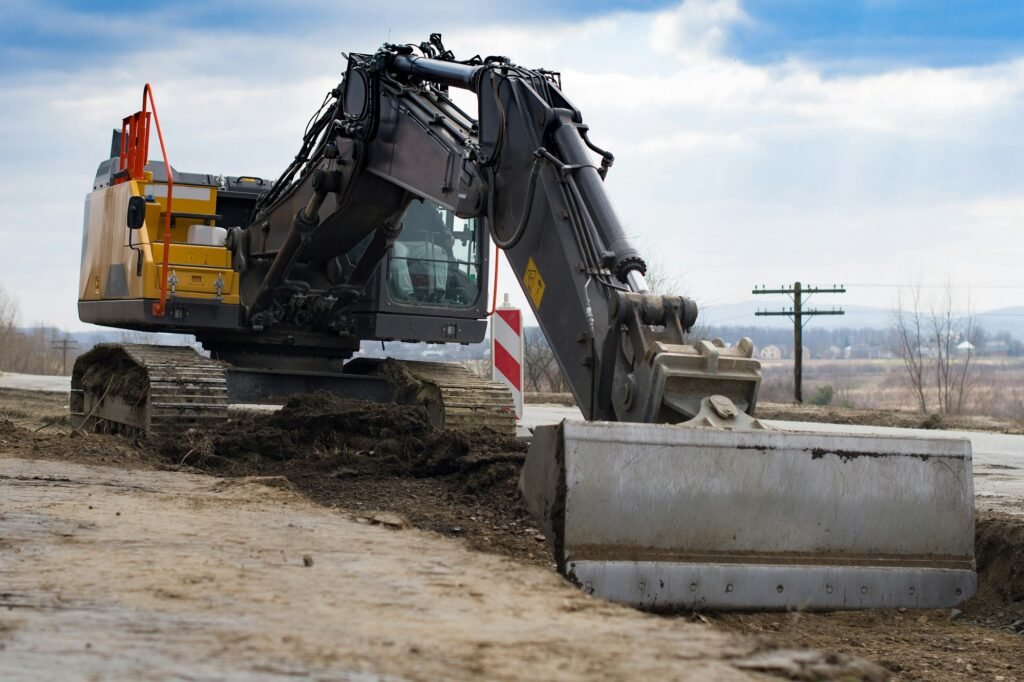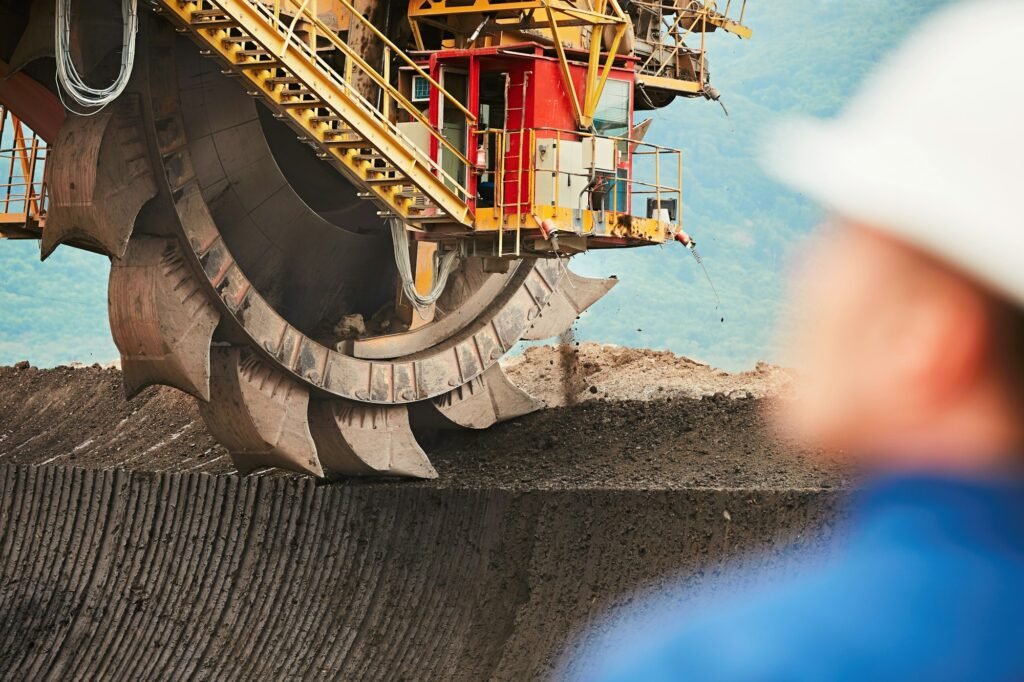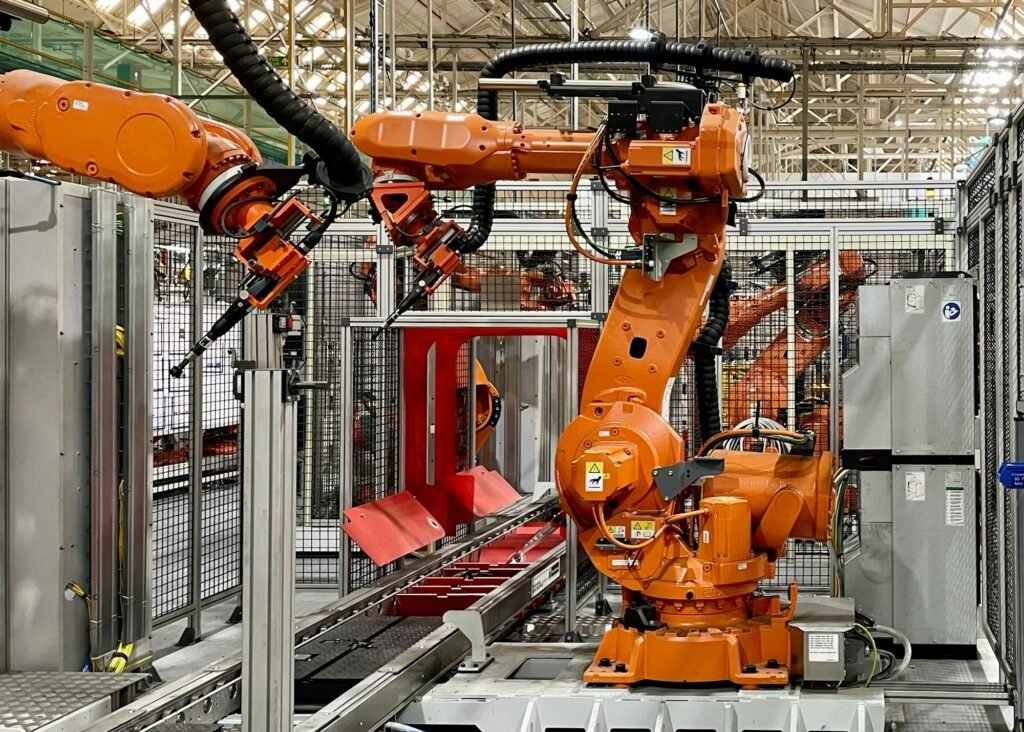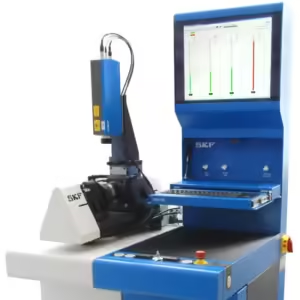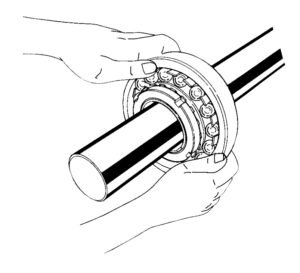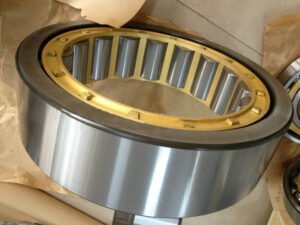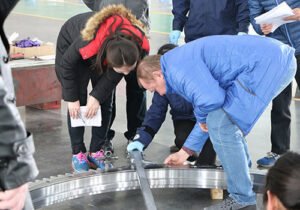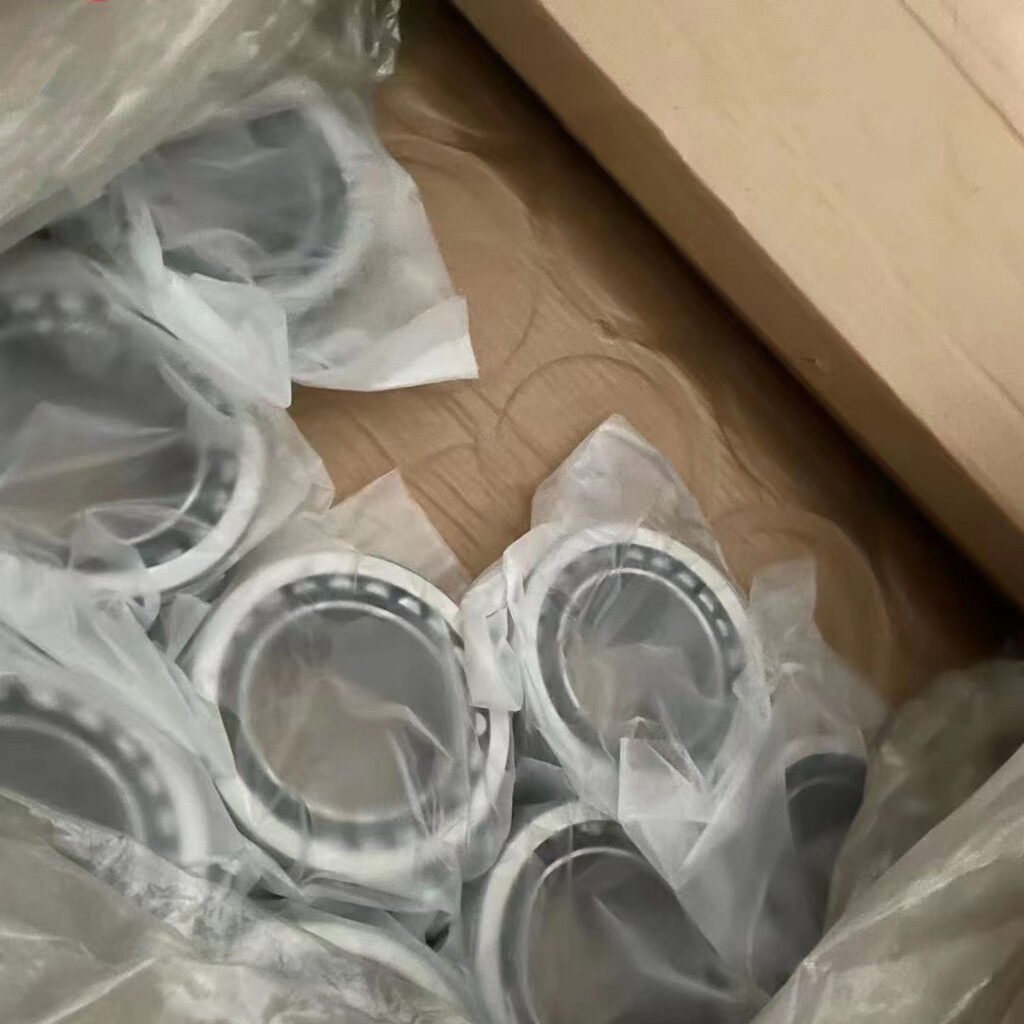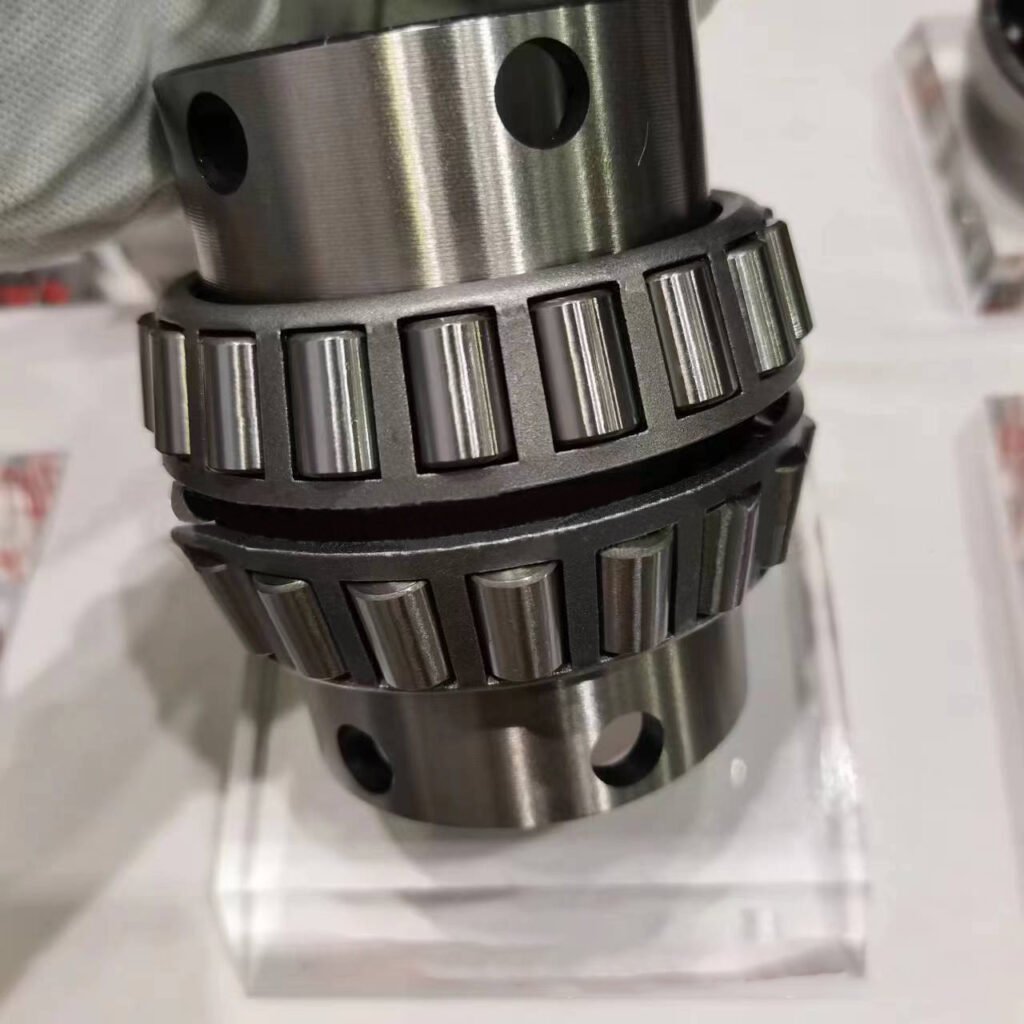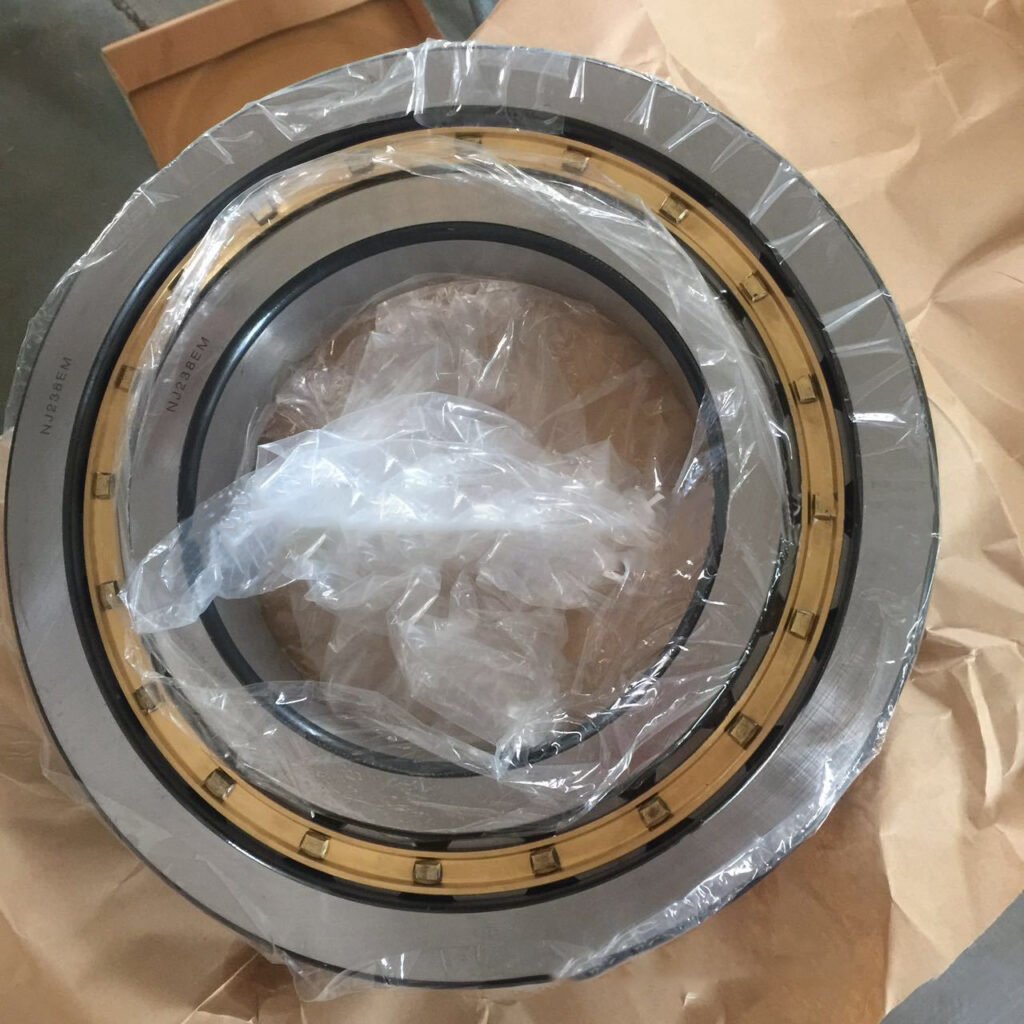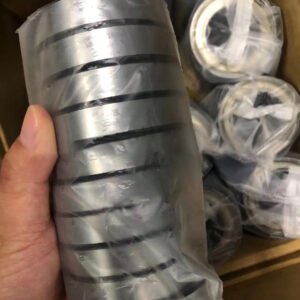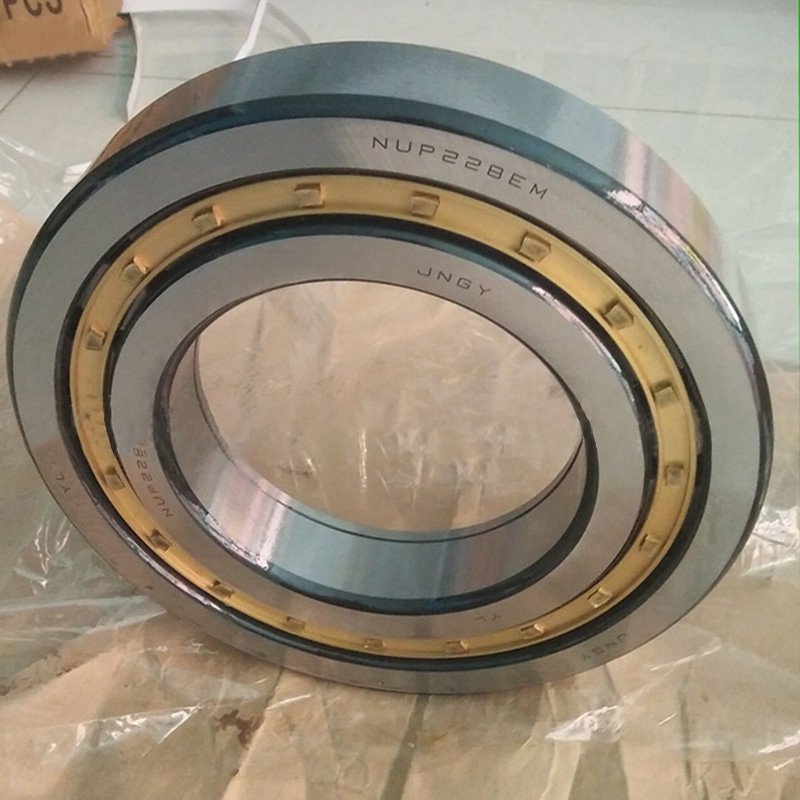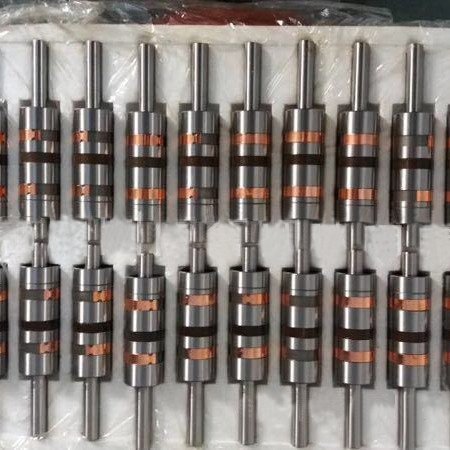Industrial robots play a very important role in the current intelligent manufacturing field, because industrial robots can efficiently complete operations such as rotation, handling, movement , fixing , welding , and assembly . For example : Automotive Industry , Electronics and Semiconductor Manufacturing , Food and Beverage Industry , Healthcare and Pharmaceuticals , Logistics and Warehousing , Metal and Machinery Industry , Plastic and Rubber Manufacturing , Textile Industry and other industries .
The functions of industrial robots in different industries are different, and the types and models of bearings used are also different. So what are the common types of industrial robot bearings ? Please continue reading below .

Industrial robot bearing model type
1 .Angular contact ball bearings are representatives of high-precision, high-speed bearings, and are mainly used in precision robots, measuring instruments and other equipment. This type of bearing has the characteristics of large load capacity, high speed, good rigidity, etc., and can meet the use requirements of different industrial robots. Common models include 70 series, 72 series, 73 series, 79 series, 78 series, etc.
2. Deep groove ball bearings, as one of the common bearing types, have the advantages of simple structure, large load-bearing capacity, high speed, good wear resistance, etc. They can be used in the transmission parts of industrial robots. Common models include 60 series, 62 series, etc.
3. Tapered roller bearings are mainly used in heavy-loaded moving parts of industrial robots. They have the advantages of large load-bearing capacity and strong rigidity, and are suitable for use in high-speed rotation and complex impact load situations. Common models include 32 series, 303 series, etc.
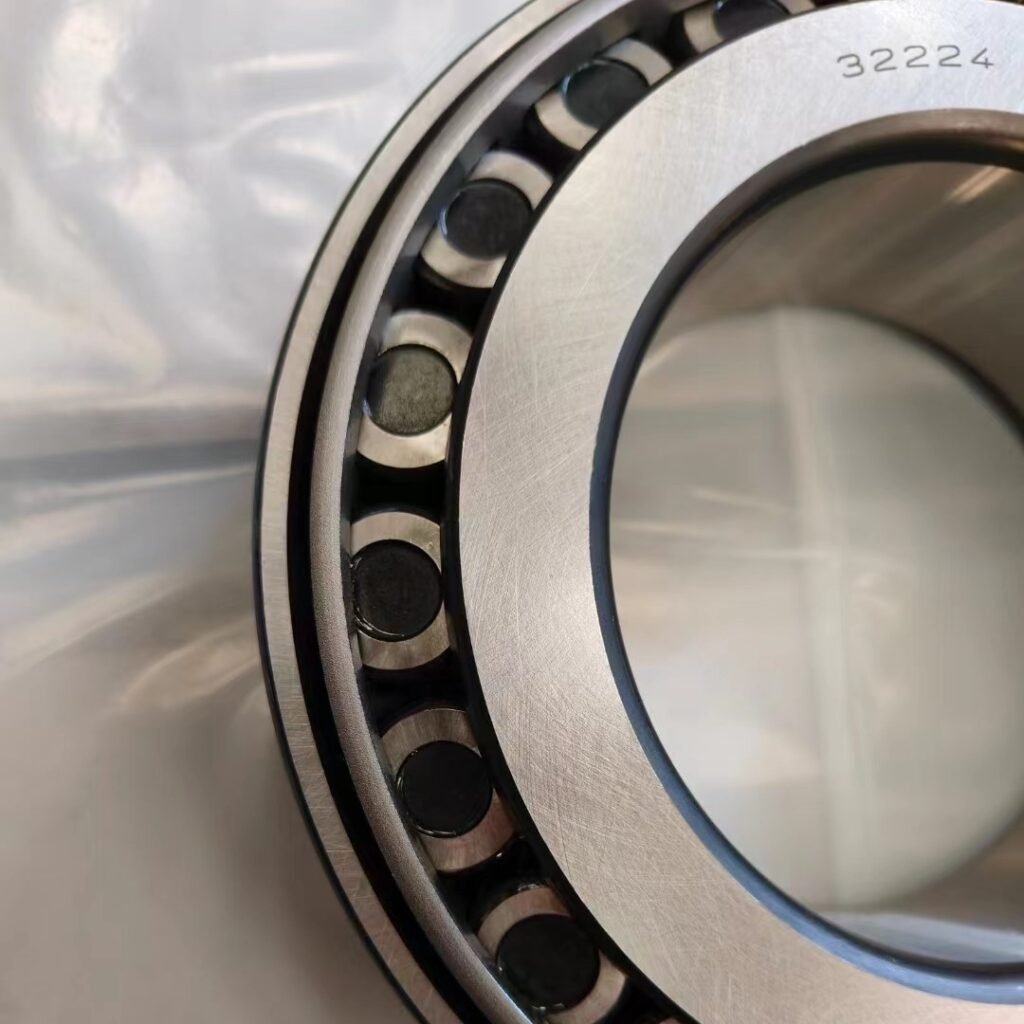
4. Crossed roller bearings, which are a special type of bearing with a split outer ring and inner ring , can withstand multi-directional loads such as radial loads, axial loads, and moment loads. The internal cylindrical rollers are arranged perpendicularly and crosswise in the inner and outer raceways of the bearing, with high stability, and are generally used in robot joints and rotating parts.
Industrial Robot Bearing Selection Guide
1. Carrying capacity
industrial robots work on the production line, they have to withstand different torques and must select the appropriate bearing model based on the actual load requirements.
2. Speed requirement
The appropriate bearing type should be selected according to the operating speed of the industrial robot to meet the needs of the robot production line.
3. Ambient temperature
Normal bearings are affected by materials and have limited operating temperature. Only by considering the impact of the working environment temperature on the bearing performance can the normal operation of the bearing be guaranteed.
4. Quality requirements
Industrial robots usually work continuously for a long time . Based on the load capacity , speed requirements , and ambient temperature mentioned above , the quality of the bearings must be considered when selecting bearings , and they must meet these requirements .
5. Customized bearings
If your robot is customized for a certain industry , you may not be able to find a standard model bearing that meets the requirements ; but don’t worry , you can find a strong bearing manufacturer to design and customize the bearing . At RAY Bearing , we have such a team of professional engineers who can design and customize special bearings for industrial robots .

Conclusion
The development of industrial robots is advancing rapidly, with significant advancements in technology, flexibility and integration. VKUKEN invested a lot of money and manpower 10 years ago to develop special bearings for the field of industrial robots . Currently, our 6 series of more than 30 bearings are widely used in the field of industrial robots . Their quality is stable , high speed , It has high stability and has been applied to robots in more than 20 industries .
Please continue reading our related articles to gain more expertise on industrial robot bearings .

